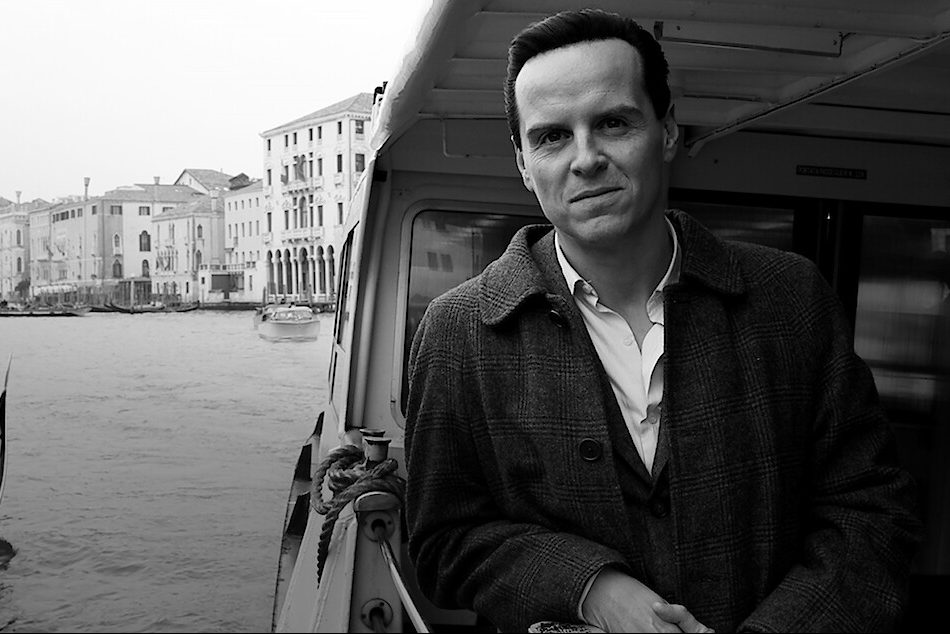AN artist whose work is almost impossible to pigeonhole has been chosen by the National Gallery for its next major exhibition, and she’s a woman.
The relevance of that last point is that the show, “Cressida Campbell”, fits into the gallery’s ongoing project “Know My Name” through which the names of significant Australian women artists are given the prominence they merit.
But, art lovers in Sydney and Brisbane may object, everybody knows who Cressida Campbell is, since her 40-year long career has seen her works snaffled up in those two cities and around the country particularly by private buyers, drawn to the intensely personal character of her works.
Incidentally, the NGA has been going strong for 40 years, too, and Campbell was in town to see the Queen open it.
The NGA’s curator of Australian Prints and Drawings, Sarina Noordhuis-Fairfax, says it’s given her a good excuse to call upon lenders from around the country – as many of this as a third of the 100 painted woodblocks and single-edition woodblock prints we’ll see will come from private lenders.
Campbell, a lifelong resident of the eastern suburbs of Sydney, is especially famous in her hometown for her intimate visions of room, gardens, the waterways of Sydney and mundane objects such as kitchen scraps and watering cans and washing up, transformed into sheer beauty.
A member of a very famous family of artist-intellectuals, her mum Ruth was an artist, her sisters Sally, a textile artist and actress/club-owner Nell (“Little Nell”) and her father Ross Campbell, one of Sydney’s most popular newspaper columnists who often chronicled the lives of his family in the paper.
As for Campbell herself, she’s hardly looked back since. After starting out at the National Art School in Darlinghurst in 1978 in the painting course, she quickly switched to the printmaking section and studied the art of combining print and brush under master printmaker Leonard Matkevich.
In her final year at art school, 1979, she held her first public exhibition and she’s been sought after ever since.
While she admired and studied the Japanese Ukiyo-e woodblock artists such as Hiroshige and Hokusai, she wasn’t interested in doing lots of prints Japanese-style. Using a different block for each colour, she preferred to use one block only and painting with a fine brush.
By 1986 she abandoned editioning, carving her images into woodblocks, printing them off just once, then painting and even, like the great Russian icon artists she also admires, cutting into them to produce unique single works.
But from the Ukiyo-e artists she gained her extraordinary sense of composition, especially in her many “view-through-the-window” artworks, and in her eye for colour – she is rated as one of Australia’s greatest colourists.
Of her own devising is Campbell’s attention to texture, seen in bark peeling off trees, the detail of her plants and the occasional mottled effect that comes from the actual print process.
Noordhuis-Fairfax has been fascinated to observe how over her career, she has slowed down as her art becomes more painstaking, meaning that whereas she might produce around 20 works a year through the ’70s to the ’90s, now it’s more like five or six.
One of the features of Campbell’s artwork, which has endeared her to critics and buyers alike, is the intensely personal nature of her work.
Completely unaffected by trends in art, she paints what she knows and she likes. Favourite subjects are the interiors of friends’ homes, including those of the late Margaret Olley, intricately represented flowers and foliage in her still lifes and vibrant, even exotic gardens.
The last two decades of Campbell’s life have been fraught with many personal tragedies, including the long illness and death of her first husband, the “Australian Financial Review’s” film critic Peter Crayford.
This year has seen a happier turn, with her marriage in April to fine art and photographic printer Warren Macris, but Campbell has admitted to Noordhuis-Fairfax that many artworks of recent years have been affected by this in the sense of mood and atmosphere, which discerning viewers will observe.
It is not a chronological exhibition, although there is a section devoted to family photographs, examples of her childhood drawings and materials from her studio that give an understanding of her technique.
The show, Noordhuis-Fairfax explains, is arranged thematically, with different themes for the different rooms in the exhibition — still lifes, a room of interiors, a room about plants and gardens, then moving to the wider world, into the bush and finally to Sydney’s waterways.
This is a retrospective of the here and now, for friends in Sydney have told me that the paint is still wet on one work for display, and Noordhuis-Fairfax confirms this.
“I’ll pick it up a week or so before the exhibition – it sounds lovely,” she says.
“Cressida Campbell,” NGA, September 24-February 19.
Who can be trusted?
In a world of spin and confusion, there’s never been a more important time to support independent journalism in Canberra.
If you trust our work online and want to enforce the power of independent voices, I invite you to make a small contribution.
Every dollar of support is invested back into our journalism to help keep citynews.com.au strong and free.
Thank you,
Ian Meikle, editor









Leave a Reply